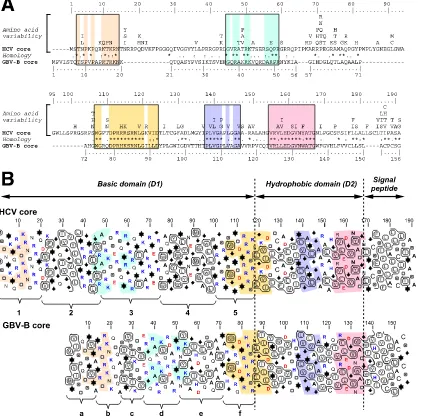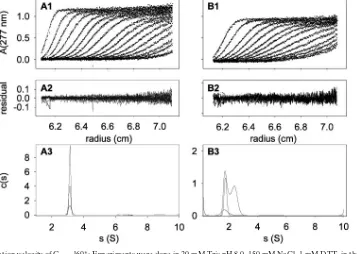Hepatitis C Virus Core Protein Is a Dimeric Alpha-Helical Protein Exhibiting Membrane Protein Features
Full text
Figure




Related documents
In this paper we demonstrate that UL12 and ICP8 mediate strand exchange in vitro by using an agarose gel-based strand exchange assay. Both UL12 and ICP8 were required in order to
The present study was aimed to determine the effect of PON1-ARE activity and the Q/R 192 gene polymorphism on ischemic vascular disease namely coronary artery disease and
a) Questi confronti danno innanzitutto luogo a problemi epistemologici, implicano pertanto un ragionamento delle diverse scuole intorno alle categorie fondamentali
Recent studies have identified within the cytoplasmic tail of the human immunodeficiency virus type 1 (HIV-1) Env protein a tyrosine-containing internalization motif similar to
We found that the a p60 serum reveals nuclear and nucleolar concentrations of antigens in all the human cell lines tested and in two rat and mouse hepatoma cell lines derived from
The sequences revealed that the S and L RNAs were missing from 0 to 38 nucleotides at their termini and that the terminal deletions reflected in genomic clones were frequently
HPLC analysis of phosphorylated peptides of wild-type and site-directed mutant viruses affecting threonine residues 63, 68, and 156 of VP1. A threonine-to-glycine change at residues
Copyright and reuse: City Research Online aims to make research.. outputs of City, University of London available to a

